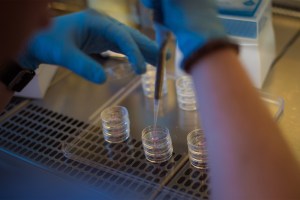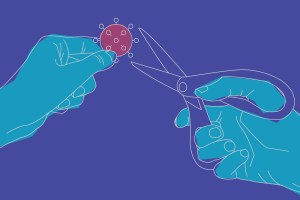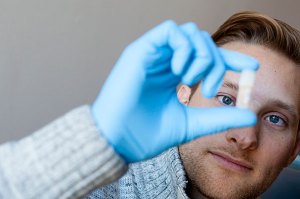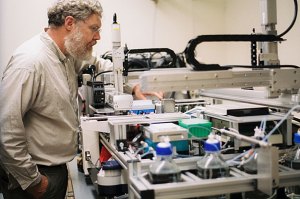Tag: Virus
-
Science & Tech
Staying ahead of virus mutations
EVEscape uses evolutionary and biological information to predict how a virus could change to escape the immune system.
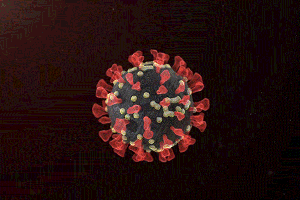
-
Health
Vaccine reduces transmission in breakthrough cases
Breakthrough COVID-19 cases in vaccinated people may be less likely to spread infection because virus is shed for a shorter period of time as opposed to infections in unvaccinated people.

-
Science & Tech
First video of viruses assembling
For the first time, Harvard researchers have captured images of individual viruses forming, offering a real-time view into the kinetics of viral assembly.
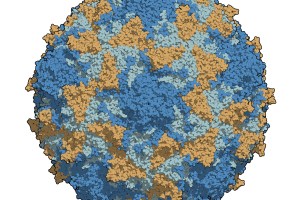
-
Health
Sequencing Ebola’s secrets
A global team from Harvard University, the Broad Institute, the U.S. Centers for Disease Control, and other institutions sequenced more than 200 additional Ebola samples to capture the fullest picture yet of how the virus is transmitted and changes over a long-term outbreak.
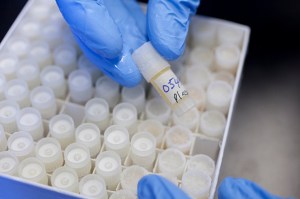
-
Health
Ebola genomes sequenced
A team of researchers from the Broad Institute, Harvard University, and elsewhere has sequenced and analyzed dozens of Ebola virus genomes in the present outbreak. Their findings could have important implications for rapid field diagnostic tests.
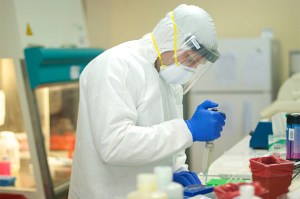
-
Science & Tech
Curves alter crystallization, study finds
A new study has uncovered a previously unseen phenomenon — that curved surfaces can dramatically alter the shape of crystals as they form.
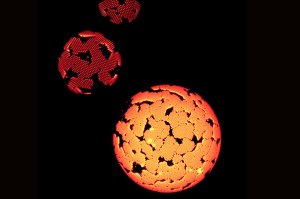
-
Science & Tech
Catch and release
Researchers designed a chip that uses a 3-D DNA network made up of long DNA strands with repetitive sequences that — like the jellyfish tentacles — can detect, bind, and capture certain molecules.

-
Health
The problem of pre-existing mutations
In a critical step that may lead to more-effective HIV treatments, Harvard scientists have found that, in a small number of HIV patients, pre-existing mutations in the virus can cause it to develop resistance to the drugs used to slow the progression of the disease.
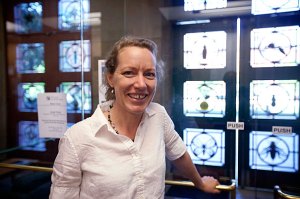
-
Health
It doesn’t add up
An important new finding by Harvard researchers indicates that cellular mutations responsible for an organism’s successful adaptation do not, when combined over time, provide as much benefit as they would individually be expected to provide.

-
Science & Tech
Delicate touch
Chemists and engineers at Harvard University have fashioned nanowires into a new type of V-shaped transistor small enough to be used for sensitive probing of the interior of cells.




